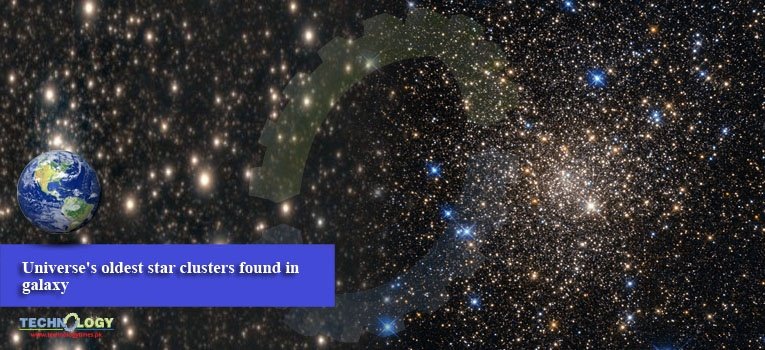After decades of research, an analysis of light has finally identified the age of an ancient star cluster in the Milky Way. It’s called HP 1, and it’s roughly 12.8 billion years old. That makes it one of the oldest ever found not just in the galaxy, but in the entire Universe.

HP 1 hangs out in the galactic bulge, and we’ve known about it for a while. But getting an accurate reading of its light signature – its spectrum – has proven complicated, due to the way our atmosphere distorts incoming light.
Previous estimations of the cluster’s age, dating back to 1997, have been taken based on red giant stars, with conflicting results. Some have put it at around 13.8 billion years old.
That’s the age of the Universe, so if it was also the cluster’s age, it would mean we’re wrong about some pretty fundamental milestones in the Universe’s evolution.
But the ever-improving field of adaptive optics, technology that removes atmospheric distortion in real-time, has now enabled the most high-resolution observations of the cluster yet, using the Gemini South telescope in Chile. These observations are finally revealing HP 1’s history.
“This star cluster is like an ancient fossil buried deep in our Galaxy’s bulge, and now we’ve been able to date it to a far-off time when the Universe was very young,” said astronomer Stefano Souza of the Universidade de São Paulo in Brazil.
“These are also some of the oldest stars we’ve seen anywhere.”
If you’re looking for old stars in the Universe, you need to seek out the titchy ones. Massive stars tend to live relatively short lives, but tiny stars much smaller than the Sun could potentially live for trillions of years.